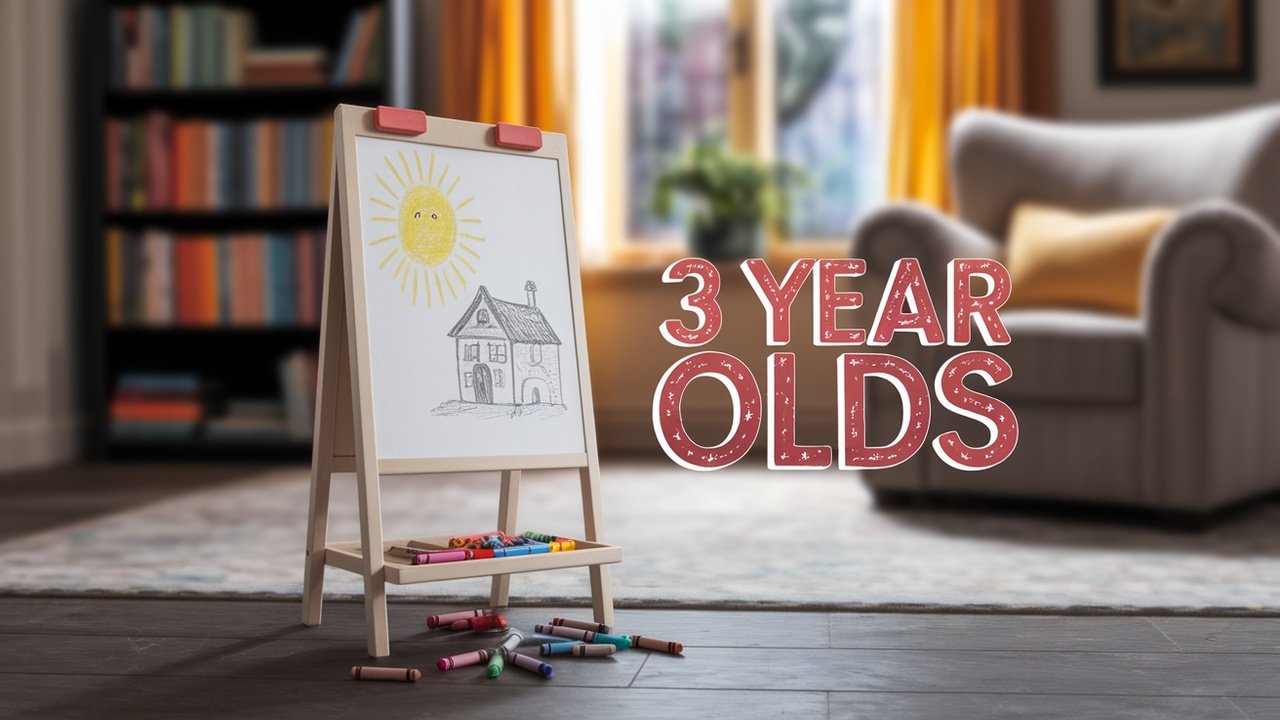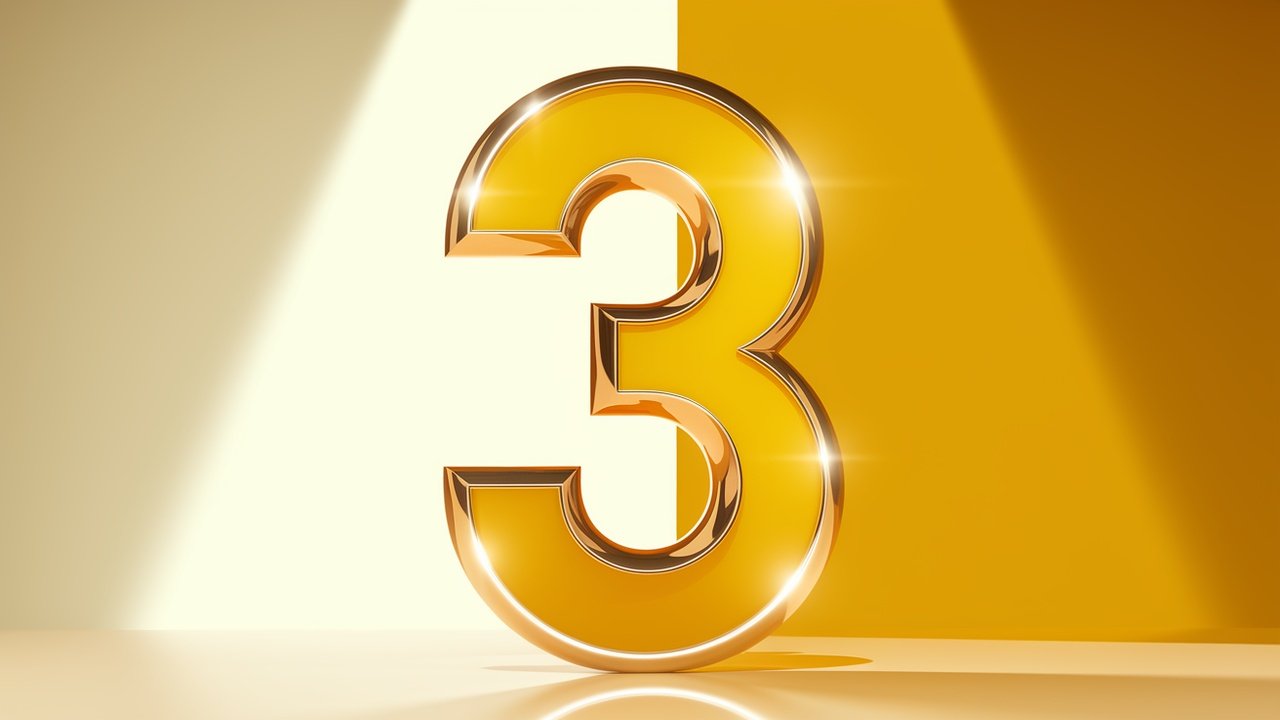Fun and Educational Activities for 3-Year-Olds: Engaging Ways to Spark Creativity and Learning

Introduction
At three years old, children are naturally curious, energetic, and eager to explore the world around them. This is a critical time for their cognitive, social, and motor skill development. Providing engaging and fun activities helps toddlers learn, grow, and develop essential skills while having a great time.
Parents and caregivers often look for stuff for 3-year-olds to do that is both entertaining and educational. The best activities for toddlers should encourage creativity, problem-solving, and active play. From arts and crafts to outdoor adventures, sensory play, and early learning exercises, there are plenty of ways to keep your little one engaged.
In this article, we’ll explore a variety of activities for 3-year-olds, categorized to help parents and caregivers find the best options to suit their child’s interests and developmental stage.
Creative and Artistic Activities
1. Finger Painting
- Allows kids to express creativity through colors.
- Helps develop fine motor skills and hand-eye coordination.
- Use washable, non-toxic paints for easy cleanup.
2. Playdough Creations
- Enhances sensory exploration and strengthens hand muscles.
- Toddlers can shape, roll, and mold different objects.
- Homemade playdough recipes are safe and easy to make.
3. Sticker and Collage Art
- Provides a fun way to develop fine motor control.
- Kids can create their own designs using paper, glue, and stickers.
- Encourages creativity and decision-making skills.
4. Chalk Drawing on Sidewalks
- Great for outdoor creativity and free expression.
- Helps with grip and hand control.
- Washable and easy to clean up.
Educational Activities
5. Storytime and Read-Alouds
- Improves language development and listening skills.
- Interactive books with flaps and textures keep kids engaged.
- Helps expand vocabulary and comprehension.
6. Shape and Color Matching Games
- Strengthens early math skills.
- Activities like sorting blocks or matching colored objects help with problem-solving.
- Use household items for DIY games.
7. Simple Science Experiments
- Easy experiments like mixing vinegar and baking soda for a mini volcano.
- Teaches basic cause-and-effect principles.
- Encourages curiosity and exploration.
8. Counting Games with Everyday Objects
- Use toys, fruits, or blocks for counting practice.
- Helps introduce numbers in a fun, interactive way.
- Reinforces early math concepts.
Outdoor and Physical Activities
9. Obstacle Course
- Set up a fun, simple course using pillows, cones, or ropes.
- Encourages balance, coordination, and problem-solving.
- Can be done indoors or outdoors.
10. Nature Walks and Scavenger Hunts
- Encourage exploration and curiosity about nature.
- Create a simple list of things to find, like leaves, rocks, or flowers.
- Helps develop observation skills and appreciation for the environment.
11. Water Play and Splashing Fun
- Set up a small pool, sprinkler, or water table.
- Enhances sensory play and keeps kids cool on hot days.
- Provides opportunities for creativity with cups and toys.
12. Dancing and Music Time
- Turn on music and have a mini dance party.
- Helps with coordination and rhythm.
- Use simple instruments like tambourines or shakers for extra fun.
Sensory Play Activities
13. Sensory Bins with Different Textures
- Fill bins with rice, beans, sand, or pasta for exploration.
- Add small toys or scoops for extra fun.
- Helps develop tactile senses and fine motor skills.
14. Bubble Play and Blowing Bubbles
- Engages visual tracking and breath control.
- Toddlers love chasing and popping bubbles.
- Easy outdoor fun that requires minimal setup.
15. Ice Exploration with Frozen Toys
- Freeze small toys in ice cubes and let kids melt them with warm water.
- Teaches problem-solving and patience.
- Engages sensory exploration.
16. Smelling and Touching Different Textures
- Introduce different materials like soft fabric, rough sandpaper, or squishy sponges.
- Helps toddlers recognize different textures and sensory experiences.
- Can be done using household items.
Social and Pretend Play
17. Dress-Up and Role-Playing
- Encourages imagination and storytelling.
- Use costumes or household items to pretend to be different characters.
- Helps with social and emotional development.
18. Tea Parties and Pretend Cooking
- Enhances social interaction and role-play skills.
- Can be done with real or toy kitchen sets.
- Encourages sharing and communication.
19. Puppet Shows and Storytelling
- Helps with language development and creativity.
- Use socks or paper bag puppets to create characters.
- Encourages storytelling and problem-solving.
20. Playing with Toy Cars and Trains
- Encourages imagination and spatial awareness.
- Kids can create tracks or race cars.
- Enhances hand-eye coordination.
Simple Chores and Practical Life Skills
21. Sorting Laundry by Color
- Makes chores fun and educational.
- Helps with color recognition and categorization skills.
- Encourages responsibility and participation.
22. Watering Plants and Gardening
- Teaches kids about nature and responsibility.
- Simple tasks like watering flowers or digging in the soil.
- Encourages appreciation for plants and outdoor activities.
23. Helping Set the Table
- Allows toddlers to participate in daily routines.
- Helps develop coordination and responsibility.
- Teaches the concept of organizing and placing items in order.
24. Putting Toys Away as a Game
- Encourages organization in a fun way.
- Turn cleanup time into a race or challenge.
- Helps develop good habits and responsibility.
Conclusion
Finding stuff for 3-year-olds to do doesn’t have to be complicated. There are plenty of fun, educational, and creative activities that can keep toddlers entertained while supporting their development. Whether it’s arts and crafts, outdoor play, pretend games, or simple learning exercises, engaging your child in a variety of activities helps stimulate their growing mind.
Encourage exploration, be patient, and most importantly, have fun! By offering a mix of structured and unstructured play, you help create a well-rounded environment where your 3-year-old can thrive and learn through play.







